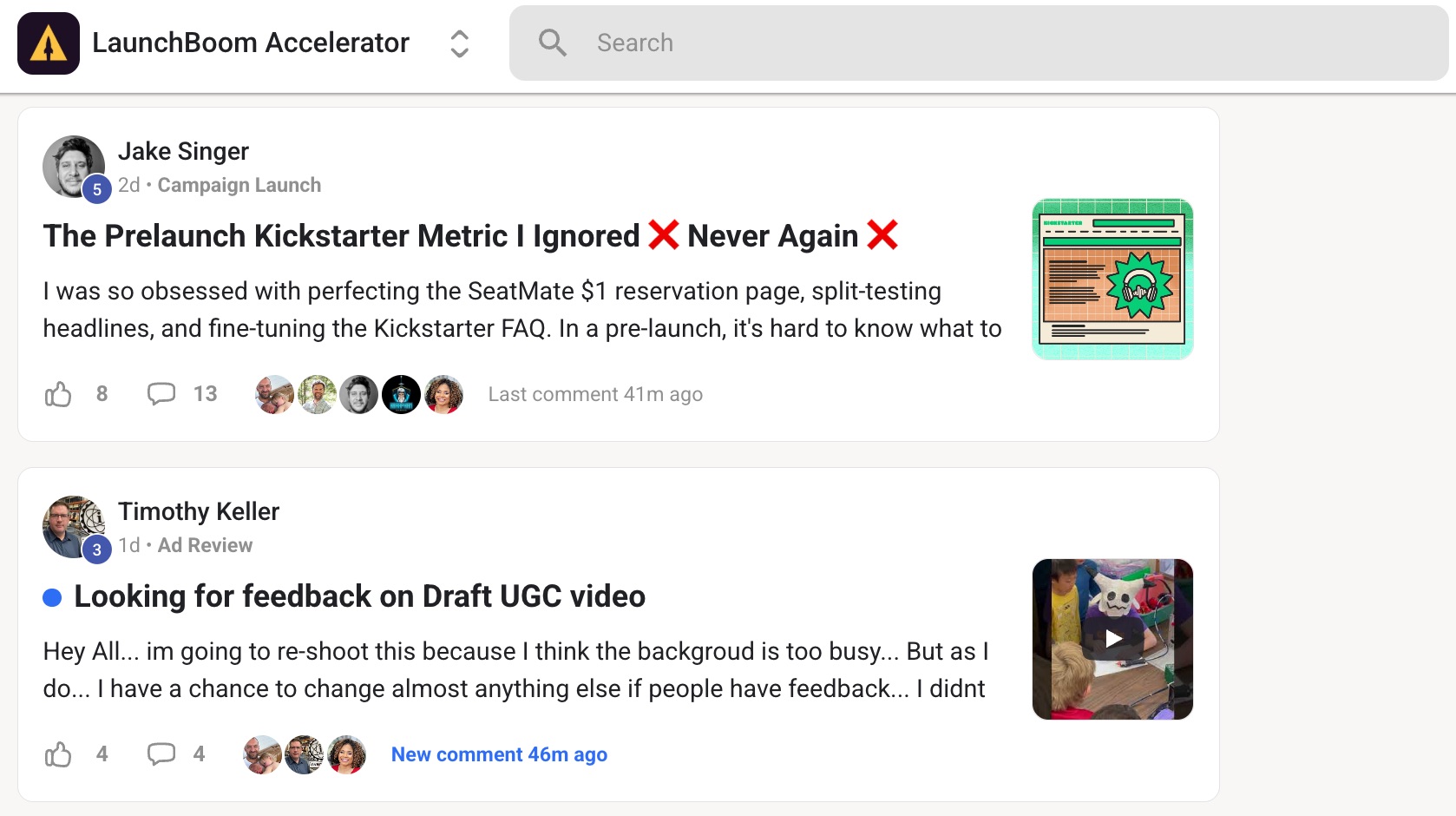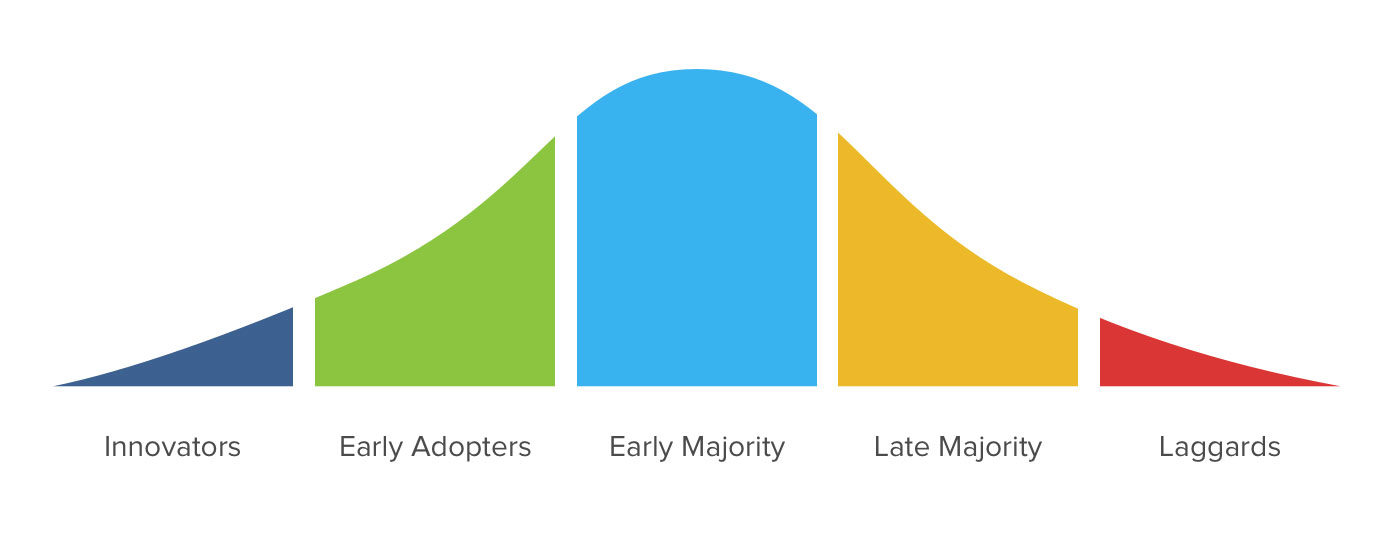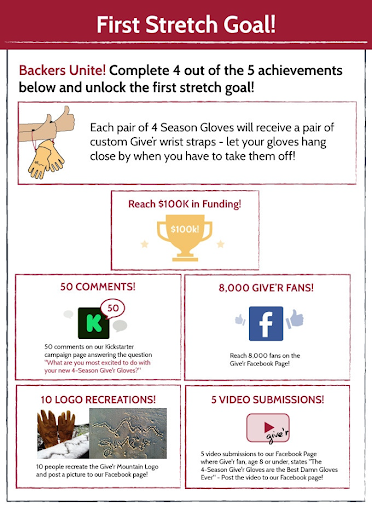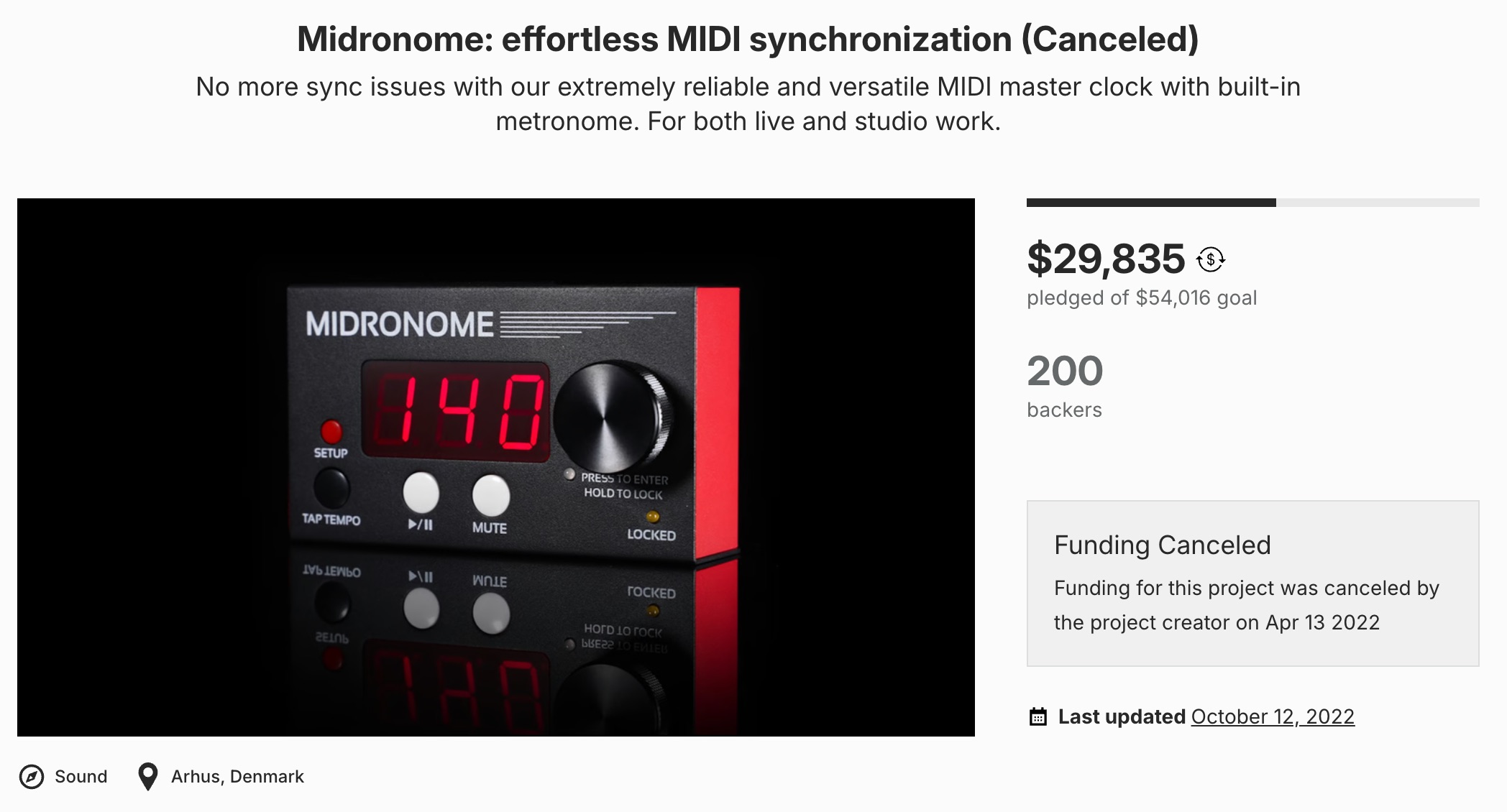Crowdfunding success isn’t random. It isn’t magic. And it certainly isn’t luck.
If you’ve explored LaunchBoom’s strategy, you’ve glimpsed the marketing methods that leave traditional crowdfunding approaches behind. But there’s something deeper at work here—something more fundamental.
I’m talking about psychology.
The hidden mental forces that drive both creators and backers determine who thrives and who merely survives in the crowdfunding world. Master these psychological principles, and you’ll watch the fog of uncertainty lift from your campaign plans. Ignore them, and you’re navigating blind.
Let’s start where it matters most: inside the creator’s mind.
Key takeaways for understanding the psychology behind crowdfunding success
- Recognizing the true measures of crowdfunding success—both the tangible metrics and the invisible psychological victories
- Identifying and dismantling the limiting beliefs that silently sabotage creators before they even begin
- Tapping into crowdfunding backer psychology to transform casual browsers into passionate backers through strategic marketing, design, and persuasion
Contents
- What can we consider a successful crowdfunding campaign?
- How to build the right psychological mindset to have as a creator
- How to create a successful campaign by understanding backer psychology
- Examples of successful crowdfunding campaigns
- Use a crowdfunding platform to run your campaign
- Final thoughts on crowdfunding psychology
What can we consider a successful crowdfunding campaign?
Let’s face it—no matter how many success stories I share, no matter how many strategies I reveal, there’s no crystal ball for predicting every crowdfunding outcome. The stark reality: only 42% of Kickstarter campaigns reach their goals.
And yet, certain creators consistently beat these odds. They understand that success leaves clues—psychological fingerprints that, once recognized, can be replicated.
Throughout LaunchBoom’s evolution, we’ve distilled crowdfunding success down to its essence:
1. You prioritize and achieve these fundamental business goals:
- You acquire customers profitably, confirming your market exists
- You secure enough funding to cover your first manufacturing run
- You deliver your product when promised (or reasonably close)
2. You deeply understand these business fundamentals:
- Business metrics:
- What does it cost to make your product?
- What does it cost to ship your product?
- What does it cost to acquire a customer?
- Your customer:
- Who actually wants what you’ve created?
- Which messages make them respond?
- Where can you find them most efficiently?
Uncertainty paralyzes action. But with this roadmap in your hands, you can direct your energy toward meaningful milestones that maximize your funding potential. Each step forward builds momentum for the next.
How to build the right psychological mindset to have as a creator
Having good metrics matter. Having a good mindset matters more.
Whether we like it or not, we all carry mental barriers—invisible walls we’ve built ourselves, often without realizing it. These limiting beliefs silently undermine our dreams of launching our product before we even take the first step.
Let’s point those out (and tear those down), one by one.
Limiting belief #1: I don’t have time to launch my product
This is where most creators stop before they start. “I just don’t have the time.”
Let’s be honest: launching isn’t quick. It isn’t easy. It demands hours you don’t think you have.
But here’s the reality I’ve witnessed repeatedly: creators with full-time jobs, young children, and overwhelming responsibilities still launch successful campaigns. They don’t find time—they make time. They understand that time follows priority.
Stuck in the time trap? Try this:
- Map out your milestones: write down every big goal and put a date when you’ll complete it
- Create sacred space in your schedule—even 30 minutes daily
- Commit publicly, making retreat uncomfortable
Limiting belief #2: The timing isn’t right… yet
“I’ll start when the market improves.” “I’ll launch after this big life event.” “I’m waiting for the perfect moment.”
These statements share something dangerous: they surrender your power to external circumstances. Yes, timing matters in certain tactical aspects of crowdfunding, but it’s rarely the deciding factor.
The perfect moment is a mirage that recedes as you approach. The best time to start was yesterday. The second best time is now.
Limiting belief #3: I’m not a marketer
I’ve seen brilliant product creators pour their souls into design, obsess over functionality, and refine manufacturing details to perfection.
Then they me: “But I’m not a marketer.”
This mindset misunderstands what crowdfunding truly requires. Your product, no matter how revolutionary, remains invisible without effective communication. If you believe your creation will improve lives, learning to share that belief isn’t optional—it’s essential.
You don’t need marketing mastery to be effective. You need marketing fundamentals. The gap between the two is smaller than you think.
Limiting belief #4: I don’t have a team
The solo journey feels lonely, especially when launching something as complex as a product or business. Your limited resources might not afford a full team, but isolation is a choice, not a requirement.
At LaunchBoom, we’ve built something powerful: a community of creators who understand exactly what you’re experiencing. We’ve demolished the “me against the world” myth that traps so many creators in paralysis.
Every LaunchBoom client gets access. And now we have over 2,000 serious creators interacting daily.

Limiting belief #5: I don’t have enough money to launch on my own
Product creation isn’t cheap—that’s not a secret. But what remains under appreciated is how crowdfunding changes the equation entirely. Unlike traditional product launch methods, with crowdfunding you pre-sell your product and only manufacture it if you sell enough units.
But there’s actual something even more under appreciated.
You can validate your product before you even launch on crowdfunding. Spending only a few thousand dollars to understand market demand before committing to the whole launch. Our software, LaunchKit, helps our clients do this.
Remember the fundamental truth: crowdfunding exists to reduce creator risk. Acknowledging this reality while taking strategic steps will carry you further than investing money you don’t have in traditional product launches that demand everything upfront.
Limiting belief #6: The launch might fail
Let’s address the fear lurking behind every creator’s planning: failure.
Most campaigns don’t reach their goals. That’s statistical reality. Fear of joining that statistic is natural, understandable, and entirely human.
But through over 1,000 launches, we’ve discovered something crucial: crowdfunding failure isn’t final. It’s feedback. I’ve watched creators stumble, learn, adjust, and return to dramatically different outcomes. The only permanent failure is never starting at all.
Fear will always whisper reasons to hold back. Your job isn’t eliminating fear—it’s acting despite it.
Limiting belief #7: Impostor syndrome
“Who am I to launch a product?”
This question haunts creators, especially when confidence wavers. It suggests some special qualification exists, some credential you lack.
Here’s what a decade in this industry has taught me: nobody fully knows what they’re doing. Everyone—even the creators of multi-million-dollar campaigns—is figuring things out step by step, solving problems as they emerge.
This isn’t about faking expertise. It’s about recognizing that crowdfunding has no gatekeepers. You have a product and vision, just like everyone who succeeded before you. The crowdfunding community exists precisely to support creators like you.
Your task is showing them why your creation matters. This is where understanding backer psychology becomes your superpower.
How to create a successful campaign by understanding backer psychology
With your creator mindset strengthened, let’s explore the psychology driving those who fund campaigns like yours. If one characteristic unifies crowdfunding backers, it’s their position on the product adoption curve.
This curve visualizes how different groups embrace new technologies, ideas, and products:

“Innovators” and “early adopters” form the crowdfunding community. Everyone beyond constitutes the mass market. This insight reveals crucial psychological patterns we can leverage ethically and effectively.
At LaunchBoom, we define backers simply: “people who want cool stuff, at the best price, before anyone else.” Their active pursuit of discovery before mainstream adoption means they accept risks that others won’t. Understanding this opens doors to powerful psychological approaches.
Behavior #1: Less risk averse
Backers crave discovery. They willingly risk their money on products that don’t yet exist. Despite past crowdfunding platform disappointments, the community continues funding creators who may not even have working prototypes.
But make no mistake—while willing to take chances, backers never forget the risks. Your most powerful tool? Communication that builds trust. Regular updates, active social engagement, and prompt responses to questions signal reliability in an uncertain environment.
Show backers you won’t disappoint them, and their risk aversion melts away.
Behavior #2: I help you and you help me
The principle of reciprocity runs deep in human psychology. We feel naturally obligated to return favors, creating powerful marketing opportunities when properly understood.
You see this working daily on platforms like Amazon, where businesses offer complimentary items for reviews and lo and behold, most of those reviews come back as 5 stars. Applied to crowdfunding, reciprocity can be used liked this:
- Exclusive perks: Offer backers special perks that are exclusive to your crowdfunding campaign. They’ll be more likely to share and/or support you more as a sign of thanks.
- Cross-promotions: Partner with complementary campaigns – agree to promote each other in your campaign updates, creating a win for you, them, and all your backers.
When backers feel they’re receiving extra value, they naturally want to give back—a virtuous cycle that propels campaigns forward.
Behavior #3: Social proof creates more trust
In the crowdfunding world, social proof isn’t just helpful—it’s essential. Your product lacks the Amazon reviews and Google ratings that typically guide purchase decisions. Any evidence proving your product works dissolves potential backer doubts.
While featuring logos from reputable publications helps, authentic testimonials from real users create equally powerful reassurance. Never fabricate social proof—beyond being unethical, the crowdfunding community has finely tuned “BS detectors.”
Weave genuine social proof throughout your entire campaign: feature it in prelaunch advertising, showcase it in your campaign video, and create a dedicated testimonials section on your page. Make your product’s legitimacy impossible to question.
Behavior #4: The last seat in the trip
Few things motivate action like FOMO—fear of missing out. This powerful emotion drives engagement throughout your crowdfunding funnel, propelling potential backers from initial interest to completed pledge.
Consider these strategies:
- Exclusivity: When building your pre-launch email list, offer your best deal on the campaign in exchange for $1. We call this “upgrading to VIP” and we see VIP lists convert at a rate up to 30 times higher than normal email lists.
- Scarcity: For bonus perks and add-ons, limited quantity creates immediate desire. “Only 50 available” transforms nice-to-have into must-have
- Urgency: As your campaign concludes, time-limited opportunities create action that procrastination otherwise prevents. “Last 48 hours” messaging consistently produces funding surges
Behavior #5: People connect with people
At its heart, crowdfunding is social—not transactional. Backers crave connection with the humans behind the projects they support. Designate yourself or a team member as your product’s face and voice.
Seeing real people behind the project creates familiarity that cold brands can’t match. Maintain consistent faces and voices throughout your campaign materials. Let your personality shine through videos, updates, and community interactions.
When backers feel they know you, funding your dream becomes personal—not just another purchase.
Examples of successful crowdfunding campaigns
Theory may inspire, but examples make it concrete. Let’s examine campaigns that masterfully applied these psychological principles.
How Give’r used reciprocity
Give’r Gloves raised $270,942 on Kickstarter by brilliantly employing reciprocity. Even after reaching their funding goal, they continued leveraging backer psychology to maximize results.
Their approach? Creating community-driven stretch goals:

The creators challenged backers to complete four of five community achievements to unlock special product enhancements—a classic reciprocity play that transformed backers from passive supporters to active campaign advocates.
Such strategies revitalize community engagement and motivate backers to drive your campaign toward new heights.
How Midronome went from failure to success using the creator mindset
In 2022, Simon Lasnier’s Midronome failed to reach its Kickstarter goal.

He had designed something valuable for fellow musicians, adopted the creator mindset, and leaped into crowdfunding. After cancellation, he faced a critical psychological choice: let failure define his journey or see it as temporary feedback.
Simon embodied the resilient creator mindset. With targeted changes to his approach—and LaunchBoom’s strategic support—he relaunched and exceeded his funding goals.

Creators like Simon demonstrate the advantage of psychological resilience. Even in apparent failure, they gain insights that identify mistakes, guide adjustments, and ultimately lead to success.
Failing small is crowdfunding’s hidden gift. Learn from it, and your next attempt transforms completely.
Use a crowdfunding platform to run your campaign
Choosing between Kickstarter and Indiegogo requires careful consideration of how each platform supports your psychological strategy. While platform selection matters, the LaunchBoom approach provides the ideal foundation for creators determined to achieve crowdfunding success.
We continuously refine our methods, discovering new ways to help bring visionary products to life. While no one can guarantee success, LaunchBoom’s support remains unwavering through every campaign phase.
Whether you’re overcoming psychological barriers to starting or deepening your understanding of backer psychology, we’re here to guide your journey.
Final thoughts on crowdfunding psychology
Reflecting on Simon’s Midronome journey reveals the three critical mistakes that most often derail campaigns:
Not building a substantial pre-launch email list. Not implementing LaunchBoom’s proven reservation funnel. And perhaps most devastating: attempting the journey alone.
Solo success feels triumphant—but is it worth risking everything by rejecting available support? The creators we’ve guided through hundreds of campaigns would argue decisively: no.
Do yourself a favor. Ease your mind. Join a community that understands exactly what you’re building and how to help you succeed.
Ready to start?
Just click here to chat with one my team members. We’ll get you connect you with the perfect person to help you with wherever you’re at in your crowdfunding journey.






